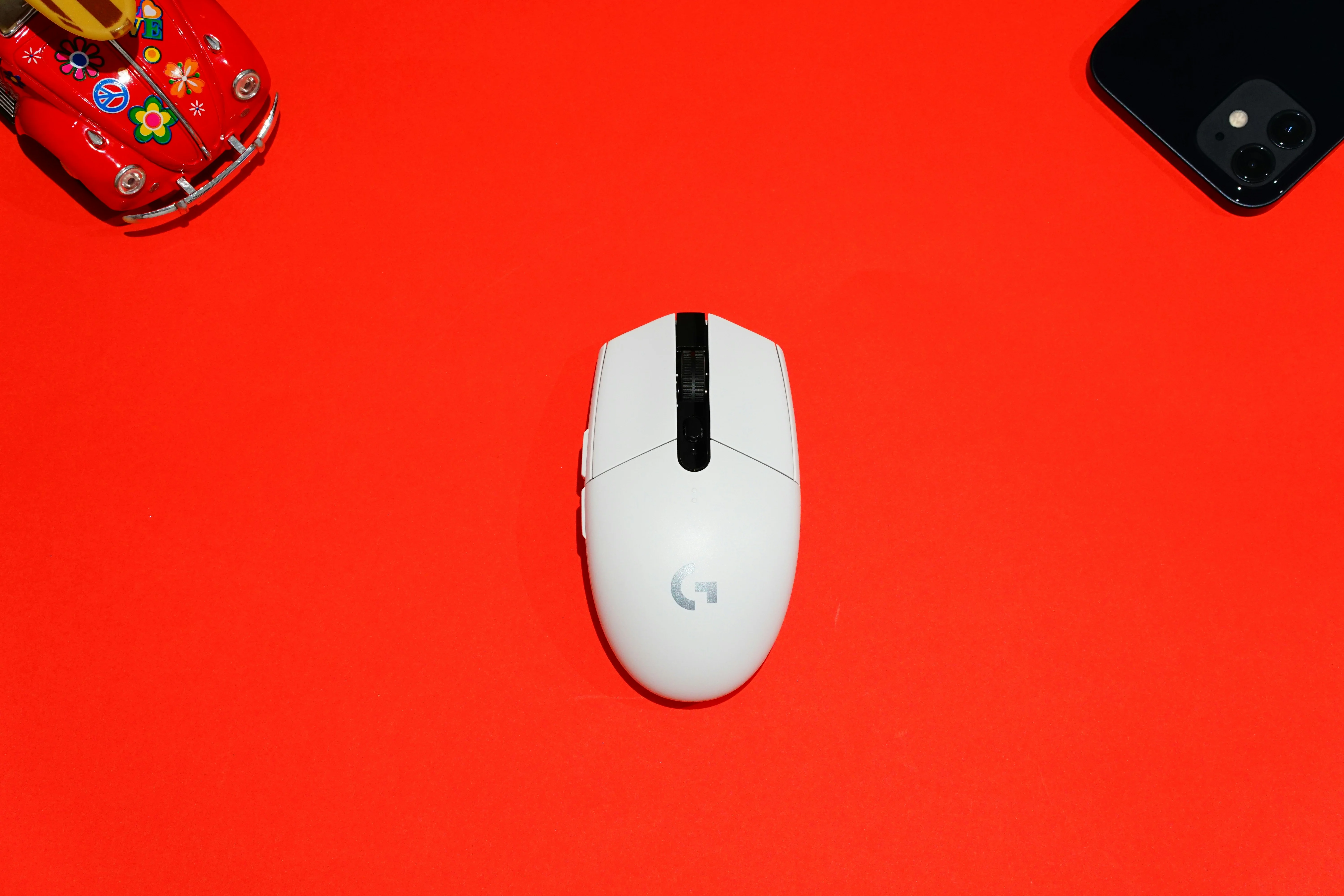
The oft-quoted maxim "form follows function" has endured as a foundational principle in the discipline of design, originating in early 20th-century modernist thought. Central to this ideological shift was the Bauhaus movement, a pioneering school that revolutionized visual culture by integrating fine art, craftsmanship, and industrial production. Today, as design migrates increasingly into digital contexts, the spirit of Bauhaus reemerges, not merely as an aesthetic, but as a systemic approach to clarity, structure, and purpose. This contemporary application is known, somewhat loosely yet evocatively, as Digital Bauhaus.
The Genesis of Bauhaus: A Design Ideology Born from Rupture
The Bauhaus was established in 1919 in Weimar, Germany, by the architect Walter Gropius. Emerging in the aftermath of World War I, a period marked by social, economic, and philosophical upheaval, the Bauhaus aimed to synthesize art and industry, form and function, into a new visual language appropriate for a modern society. The school rejected the ornamental excesses of previous artistic traditions, instead advocating for rational design principles grounded in utility, geometry, and mass production.
Rather than viewing design as a decorative or isolated act, the Bauhaus sought to democratize beauty by embedding it into everyday life. Furniture, architecture, typography, and graphic systems were all approached through a shared lens of functional reduction. Though the institution itself was short-lived, relocating from Weimar to Dessau and eventually to Berlin before its closure under Nazi rule in 1933, its influence on modernist design principles was both immediate and far-reaching. Through the diaspora of its faculty and students, Bauhaus ideas found new life in America and beyond, shaping disciplines from architecture to corporate branding.
Digital Bauhaus: A 21st-Century Translation of Modernist Ideals
The term Digital Bauhaus first surfaced in the late 1990s as designers and academics began drawing conceptual parallels between Bauhaus principles and the emerging challenges of human-computer interaction and digital interface design. In this context, Digital Bauhaus refers not to a rigid aesthetic but to a framework for approaching design with precision, intention, and user-centric logic. In the digital realm, the tenets of Bauhaus manifest as systematic grid-based layouts, typographic hierarchy, restrained color palettes, and a disciplined rejection of decorative noise. Much like their analog predecessors, digital Bauhaus practitioners view design not as an act of embellishment, but as a conduit for clarity and functional communication. What distinguishes Digital Bauhaus from contemporary minimalist trends is its philosophical depth. While minimalism often serves as a visual strategy, Bauhaus-oriented design demands an integrated approach, one where every element, from a button to a navigation flow, serves an intelligible and necessary purpose. The result is not simply minimalism, but meaningful reduction.
Application in User Interface Design
Designers working within the Digital Bauhaus ethos typically begin with a robust structural foundation, often employing modular grids and spatial logic to organize content. Typography becomes a central medium of expression, echoing the importance placed on typographic innovation by Bauhaus masters such as Herbert Bayer and L Moholy-Nagy. Font selections often lean toward sans-serif families, neutral, legible, and assertive without spectacle. Color, when used, is deliberate. Borrowing from the Bauhaus palette of primaries and neutrals, digital interfaces may emphasize high-contrast visuals or restrict themselves to two or three colors in order to enhance usability and maintain cognitive focus. Interactivity is similarly restrained: animations are subtle and purposeful, providing feedback rather than distraction. Importantly, this philosophy extends beyond the visual. A digital Bauhaus interface respects user time and cognition. It reduces choice overload, clarifies hierarchy, and reinforces intuitive navigation all while maintaining a cohesive and elegant visual identity.
Contemporary Manifestations and Influence
Traces of Digital Bauhaus can be seen in a number of influential digital products and studios. The early interface designs of Dropbox and Medium, the editorial precision of Readymag portfolios, and the work of contemporary agencies such as Studio Dumbar and Hello Monday demonstrate a clear lineage from Bauhaus principles to modern interaction paradigms. These examples exhibit a shared respect for structure, typographic authority, and content-driven form. Additionally, educational institutions and research platforms such as the Bauhaus University in Weimar have continued to explore the implications of Bauhaus in digital design, hosting conferences and collaborative projects under the Digital Bauhaus umbrella to reassess its relevance in contemporary contexts of AI, data visualization, and human-computer interaction.
Conclusion: A Return to Principle in the Age of Excess
In a digital landscape frequently oversaturated with visual effects, motion overload, and aesthetic mimicry, the relevance of Digital Bauhaus is profound. It offers not a nostalgia for the past, but a rigorous methodology for designing systems that are efficient, accessible, and humane. It calls designers back to the fundamentals: structure over spectacle, clarity over clutter, and purpose over pretense. To adopt Digital Bauhaus is to design with discipline. It is to acknowledge that visual elegance is not born of abundance, but of restraint. As we build the next generation of digital experiences, this century-old philosophy may well be the most modern design tool we possess.
Suggested Reading & References:
- Gropius, Walter. The New Architecture and the Bauhaus. MIT Press, 1965.
- Mller-Brockmann, Josef. Grid Systems in Graphic Design. Niggli, 1981.
- Smock, William. The Bauhaus Ideal Then and Now: An Illustrated Guide to Modern Design.
- MoMA Learning. Bauhaus. Museum of Modern Art. https://www.moma.org/s/explore/collection/area/bauhaus
- The Art Story Foundation. Bauhaus Movement. https://www.theartstory.org/movement/bauhaus
- Digital Bauhaus Conferences, Bauhaus-Universität Weimar. https://www.uni-weimar.de/en/university/profile/digital-bauhaus





